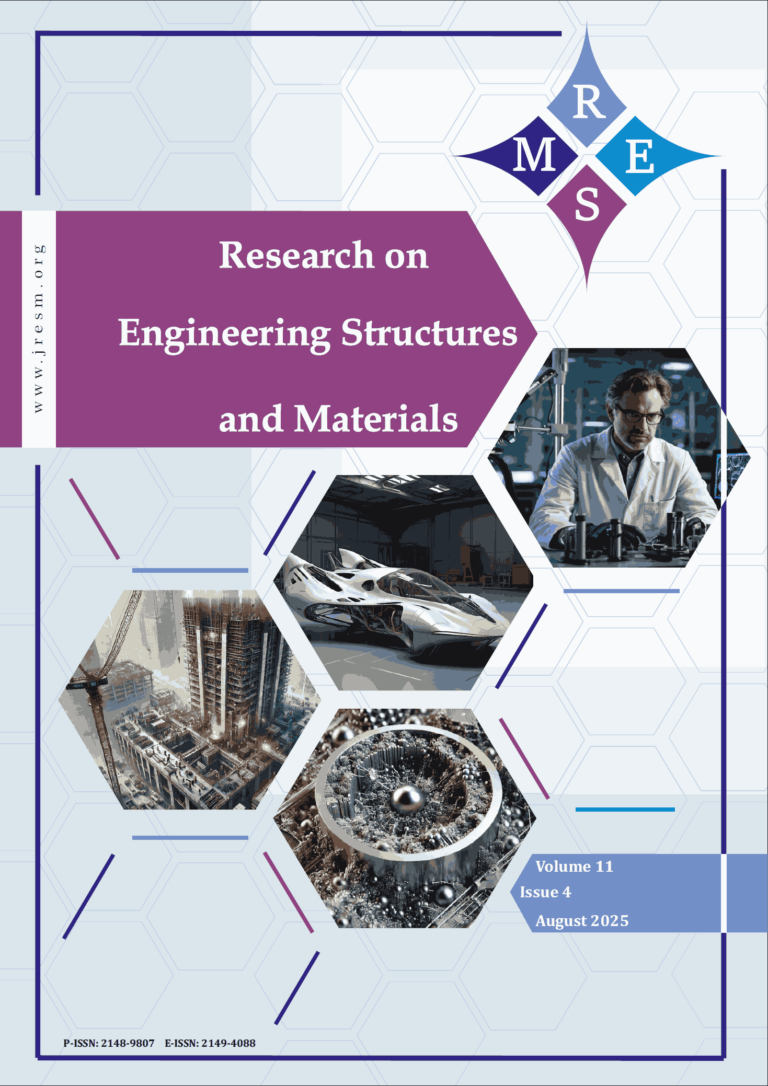When an earthquake strikes, engineering experts and technical teams are urgently mobilized to investigate the causes of reinforced concrete (RC) building failures, with the aim of preventing future collapses and improving seismic design codes. This study focuses on several common deficiencies—poor material quality, inadequate beam–column joints, soft-story mechanisms, and insufficient foundation restraint—and evaluates their impact through comparative numerical analysis against a code-compliant reference frame. The numerical modeling was performed in Robot Structural Analysis v2014 using modal and response spectrum analyses in accordance with the Algerian Seismic Code (RPA 99), incorporating variations in material properties and boundary conditions. The results revealed significant differences in seismic response: pinned-base supports lengthened the fundamental period and increased flexibility, soft-story and weak-column systems amplified drift demands, and low-strength concrete produced shorter periods with brittle dynamic behavior. The novelty of this work lies in its comparative parametric assessment of pathological cases, enabling the identification of quantitative performance gaps directly attributable to common design and construction errors. These findings contribute to engineering practice by providing practical guidance for prioritizing seismic retrofitting strategies and strengthening regulatory frameworks in earthquake-prone regions.
